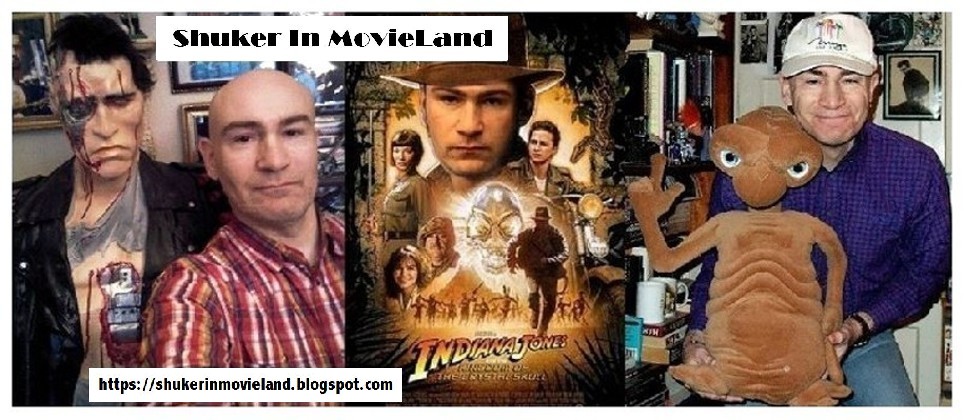Who remembers The Red Balloon? This thoroughly enchanting work of deceptively simple yet simply spectacular cinematic genius is a very famous French fantasy featurette – Le Ballon Rouge to give it its original French title – which was released in 1956 but remains totally timeless. Just 35 minutes long, it was filmed in the picturesque Ménilmontant region of Paris, some of which has since been demolished, thereby rendering this film a unique window into a bygone world.
The Red Balloon stars the director (and writer) Albert Lamorisse's own young son, Pascal, as the small boy who unexpectedly encounters and makes friends with a large sentient red balloon. The balloon duly follows him everywhere he goes, even to school and church, while teasingly staying just out of reach of the boy's hand for much of the film whenever he tries to seize the cord hanging down from it.
Overall, therefore, there is little in the way of a major storyline, for the most part just a boy and a balloon playing chase and hide-and-seek with one another amid the traditional narrow streets and lanes of Ménilmontant, and virtually no dialogue either, which greatly enhanced its international appeal upon release. Yet somehow, magically, The Red Balloon makes for compulsive, spellbinding viewing. This in turn makes the shock climactic scene all the more harrowing when it happens, but equally the redemptive, inspirational ending is heartwarming and transcending.
So too is the charming, melodic music composed by Maurice Le Roux, especially the main theme, which I've never forgotten in more than 50 years since first hearing it. Roux's lilting score provides a perfect accompaniment to this light, delicate cinematic masterpiece – one that very skillfully and sensitively combines childish innocence, loneliness, friendship, love, grief, and hope to create something very special, something far greater and much more moving than the sum of its individual components.
The Red Balloon deservedly went on to win an Academy Award for Best Original Screenplay, and numerous other movie awards too. I remember it very fondly from my childhood, when it was shown several times on British TV, and I also bought the UK edition of this film's hardback annual-format official book, which I still own today. Originally published in 1957, the book retells the story of The Red Balloon, and is lavishly illustrated throughout with colour and b/w photographs taken during the latter's filming.
More recently, I purchased and viewed the official DVD of The Red Balloon, and I'm very happy to say that it was still just as magical, poignant, but ultimately uplifting – in every sense! (you need to watch its ending to know why I use that description!) – as I'd remembered it from all those years ago when originally seeing it on TV as a child.
But don't just take my word for it. Currently, The Red Balloon is available to watch for free on YouTube by clicking here – so if you've never watched it, don't miss this golden opportunity to do so, while it is still uploaded there. I promise that you won't regret – or forget – viewing this absolutely delightful mini-movie.
Indeed, The Red Balloon even inspired one of my poems that I wrote long ago, simply entitled 'The Balloon', which is included in the two published compilations of my poetry – Star Steeds and Other Dreams, and More Star Steeds and Other Dreams. It can also be read directly on my official Star Steeds companion blog by clicking here.
To view a complete chronological listing of all of my Shuker In MovieLand blog's other film reviews and articles (each one instantly accessible via a direct clickable link), please click HERE, and please click HERE to view a complete fully-clickable alphabetical listing of them.





